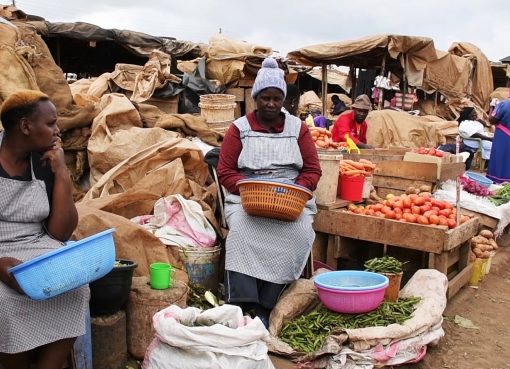Narok Governor Patrick Ntutu has signed into law a Maasai Mara National Reserve (MMNR) Management Plan, spatial plan and greater Mara ecosystem plan to be used between 2023-2032.
Ntutu said the ten-year plan is a significant milestone in the development and management of the National Reserve as it reflects the diverse interests, and concerns of all those who care about its future.
“For the sake of the future of our people, it has necessitated us at this juncture to act swiftly and have the plans in place,” he said, adding that the process to enact the Management plan started way back in 2007 and over 50 meetings that involved various stakeholders and environmental scientists have since taken place.
Similarly, he said, the County spatial plan process started in 2016 while the Greater Mara Ecosystem Management plan was initiated in 2020.
“With great effort, my administration has managed to have these three plans approved within a record of five months because of the great support from the County Assembly,” said the governor.
Ntutu spoke while backed by Members of County Assembly led by their speaker Davis Dikirr after signing the three documents into law at the County Government headquarters.The speaker of the assembly said the enactment of the plans was supported by the Wildlife Conservation & Management Act of 2013 and Physical and Land Use Planning Act (2019)
He revealed that a joint County Assembly committee comprising tourism, wildlife, culture, physical planning, lands, trade and cooperatives development made the recommendations that were passed by the county assembly.
“The three documents were passed unanimously by the county government. Not a single Member of the County Assembly opposed it,” he said.
He said the joint committee held several meetings within and outside the precincts of the county assembly to familiarize themselves with the document; guided by experts and various stakeholder before undertaking public participation.
Among the key issues highlighted in the management plan is the zonation and visitor use scheme aimed at managing and regulating visitor use and impacts in the different MMNR zones.
The zonation scheme, according to the management plan, establishes four categories of zone area which are high-use zone, low use zone, Mara River Ecological zone and MMNR buffer zone.
In the new law, the high use zones will be the focus of management efforts to enhance the reserve’s tourism product and provide a high quality, proactively managed, wildlife viewing experience for visitors.
The Mara River ecological zone, which has a high tourism pressure because they are the rhino breeding areas and wildebeest crossing points, will have special management prescriptions and actions to protect the zone.
The national reserve will remain with seven entry points namely Sekenani, Talek, Musiara, Olalaimutiai, Sand River, Enoompuai and Oloololo for public road access while the air access entry points are Keekorok, Olkiombo, Musiara, Mara Serena and Kichwa Tembo.
As a way of reducing negative impacts on the reserve’s environment and tourism product, no new ballooning concessions or expansion of existing concessions will be permitted in the reserve during the lifespan of the plan, including balloons taking off from outside the reserve.
A maximum of six balloons per concession will be permitted, with approval and licensing required from the Narok County Government, Kenya Civil Aviation Authority and the National Environment Management Authority.
The local community will continue benefiting from the 19 percent of MMNR entry fee collections to surrounding communities through a Community Support Fund.
In addition, visitors at the National reserve will pay an accommodation license fee that will be determined in the annual County Finance Bill and will be aligned with the category of accommodation that a particular facility falls in.
The new law will also see the road network within the National Reserve developed and maintained to support optimal visitor use and security coverage.
There will be a regular upgrading and rehabilitation of the entire road network at the reserve, thereby optimizing visitor use of the reserve, reducing congestion in heavily used areas, increasing access to new parts of the reserve where appropriate, and consolidating security coverage of the area.
By Ann Salaton





